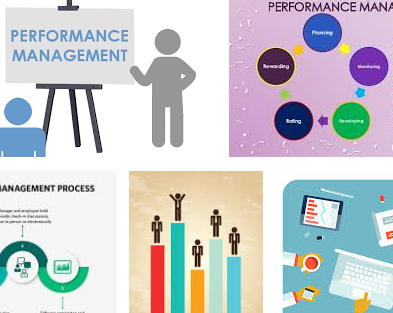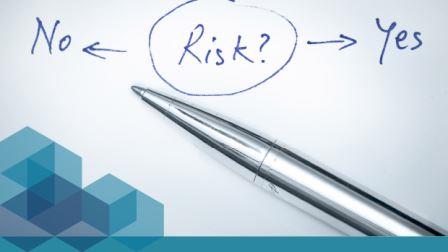In order to increase organizational wide consistency, my finding suggests that the identification of risk is the first and foremost essential phase in risk management. Risk management is also an important aspect of commercial accountability, and transparency.
Coso (2004) has defined Enterprise Risk Management that deals with risks and opportunities affecting value creation as a development, achieved by an entity’s board of directors, management and other workforce, useful in strategy setting. Such strategy background is prepared through the creativity, designed to identify potential happenings that can interrupt the entity. Therefore, to manage risks successfully within its risk appetite can provide sensible assurance in relation to the entity’s objectives.
There are several ways to implement risk management solutions, the internal controls and COSO ERM frameworks are different and the components and their employment in the models are very similar frameworks for achieving effective controls. A major difference between the two frameworks is the “top of the cube” where COSO.ORG internal controls highlight the major components of internal control containing operations, financial reporting, and compliance.
While the sense-making framework provides decision makers with powerful thinking that can be used to resolve a series of intricate problems, Kurtz and Snowden (2003) suggest that the sense-making framework is valuable not only in an individual decision-making but is also useful in group decision-making within complex environments. The framework is a device for improving decision making working with the underlying forces of management. It recognizes the development of human knowledge, which has provided value bounded by new insight and legitimized within boundaries, and more effective.








